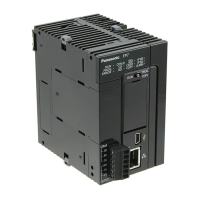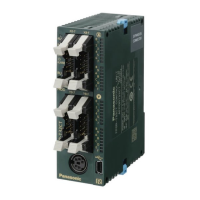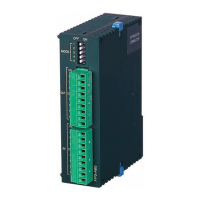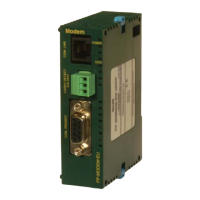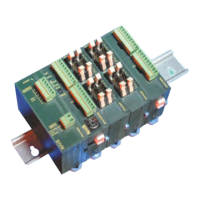■
Processing
Example 1) Taking out three characters from the first byte (second character) of the
DT0 string to transfer them to DT20
Characters to search
String table that is searched
[S1]...DT0
[S2]...U1 [S3]...U3
[D]...DT20
"B"
"D" "C"
"A"
"C" "B"
"D"
8 (No. of characters)
DT0
DT1
DT2
DT3
DT4
DT5
DT6
3 (No. of characters)
DT20
DT21
DT22
DT23
DT24
DT25
DT26
"1"
"3"
"E"
"2"
Byte address High Low Byte address High Low
Example 2) The number of characters of [S3] is larger than the number of characters
of the [S1] string starting from the [S2] position
"1"
"3" "2"
"B"
"D" "C"
"A" "2"
"1"
"3"
DT1
DT2
DT3
DT4
DT5
DT6
DT21
DT22
DT23
DT24
DT25
DT26
"E"
Characters to search
String table that is searched
[S1]...DT0
[S2]...U1 [S3]...U5
[D]...DT20
8 (No. of characters)
DT0
3 (No. of characters)
DT20
Byte address High Low Byte address High Low
■
Precautions for programming
● The character data of the [D] area from before performing the operation is overwritten.
● When the number of characters of [S3] is larger than the number of characters of the [S1]
string starting from the [S2] position, the transferal is performed for the number of characters
of [S1].
● The [S2] position should be specified by a number counted from low order in sequence,
putting the least significant byte as K0 (Byte 0): 0, 1, 2 and so on.
■
Flag operations
Name Description
SR7
SR8
(ER)
To be set in the case of out-of-range in indirect access (index modification).
To be set when the destination range is outside the accessible range.
To be set when [S3] (number of characters) is out of the range.
To be set when the number of characters for [S1] is smaller than [S2].
14.23 MIDR (Data Read from a Given Position in the String)
WUME-FP7CPUPGR-12 14-97

